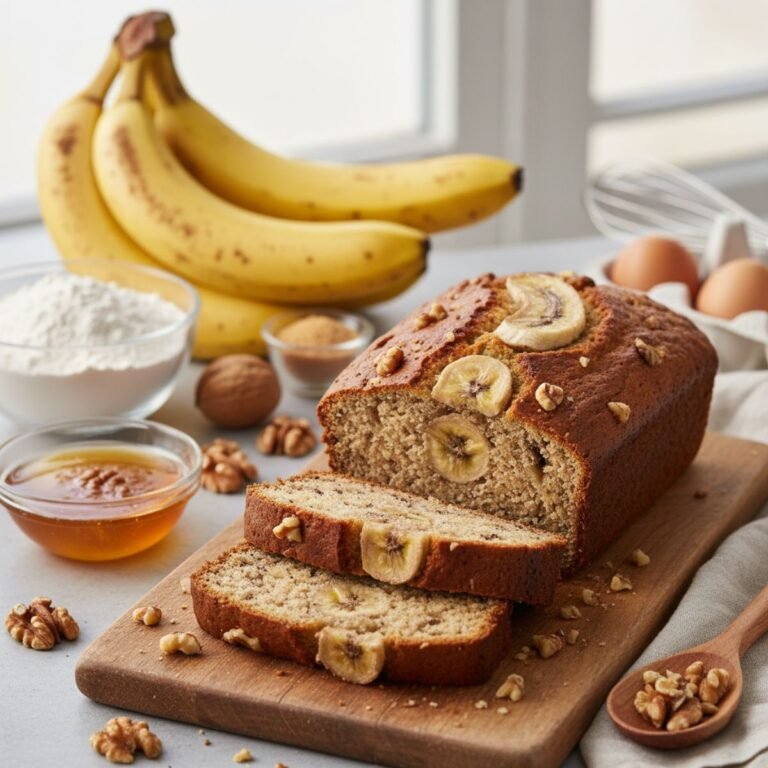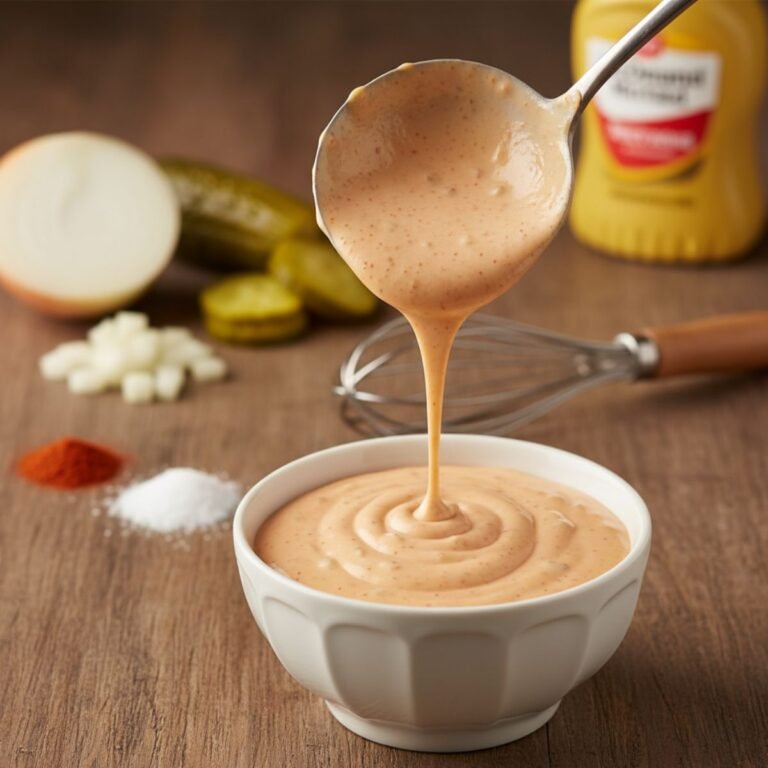If you’ve ever enjoyed Japanese cuisine, you’ve likely come across onigiri, also known as Japanese rice balls. This onigiri recipe will show you how to create these delicious, portable snacks right at home. Onigiri are made from seasoned rice, shaped into triangles or balls, and often wrapped in crisp nori (seaweed). They can be filled with a variety of savory ingredients—from salty salmon to pickled plum (umeboshi)—making them versatile and satisfying. Whether you’re packing a lunch or craving a quick bite, this onigiri recipe is easy, fun, and bursting with authentic Japanese flavor.
Ingredients
- 2 cups Japanese short-grain rice (sushi rice)
- 2 ¼ cups water
- ½ teaspoon salt (for seasoning rice)
- 1 tablespoon rice vinegar (optional, for added flavor)
- 2–3 sheets nori (seaweed), cut into strips
- Optional fillings:
- ½ cup flaked grilled salmon
- 2 tablespoons pickled plum (umeboshi)
- 2 tablespoons tuna mixed with mayonnaise
- 2 tablespoons kombu (seaweed simmered in soy sauce)
Step-by-Step Instructions
- Cook the Rice
Rinse the rice several times until the water runs clear. Add rice and water to a rice cooker and cook according to manufacturer’s instructions. If using a pot, bring to a boil, then simmer on low for 15 minutes. Let it rest for 10 minutes. - Season the Rice
Transfer the cooked rice to a large bowl. While still warm, sprinkle with salt and a splash of rice vinegar if desired. Gently mix without mashing the grains. - Prepare the Fillings
Choose your favorite filling—salmon, umeboshi, tuna mayo, or kombu—and portion about 1–2 teaspoons per onigiri. - Shape the Onigiri
Wet your hands with water to prevent sticking, then sprinkle them with a pinch of salt. Scoop a handful of rice into your palm, press a small well in the center, and add your filling. Cover it with more rice and gently shape into a triangle or ball. - Wrap with Nori
Once shaped, wrap a strip of nori around the onigiri. If you prefer a crisp texture, wrap just before eating. - Serve or Store
Serve immediately, or wrap tightly in plastic wrap and store in the refrigerator for up to one day.
Nutrition Facts
| Nutrient | Per Serving (1 onigiri) |
| Calories | 210 kcal |
| Protein | 5 g |
| Carbohydrates | 38 g |
| Fat | 4 g |
| Fiber | 1 g |
Tips & Variations
- Mix-ins: Add sesame seeds, chopped shiso leaves, or furikake seasoning to the rice for extra flavor.
- Fillings: Try different combinations like teriyaki chicken, spicy cod roe (mentaiko), or even avocado and cucumber.
- Shapes: Triangular is traditional, but you can also shape onigiri into balls or cylinders for variety.
- Vegan Option: Skip the fish and use pickled vegetables or tofu-based fillings instead.
- Storage Tip: Wrap each onigiri individually in plastic wrap and store in a sealed container for freshness.
Serving Suggestions
Onigiri can be enjoyed warm or at room temperature, making them perfect for:
- Bento boxes: Pack with tamagoyaki (Japanese omelet) and pickled vegetables.
- Snacks on the go: Great for picnics, road trips, or lunch breaks.
- Side dish: Pair with miso soup and edamame for a balanced Japanese meal.
- Breakfast: A quick, protein-packed start to your day.
FAQs
1. Can I use regular white rice instead of sushi rice?
It’s best to use short-grain Japanese rice, as it’s stickier and holds its shape better. Regular long-grain rice tends to fall apart.
2. How do I keep onigiri from drying out?
Wrap them tightly in plastic wrap or a damp towel and store in an airtight container. Avoid refrigerating too long, as rice hardens when cold.
3. Can I freeze onigiri?
Yes! Wrap each onigiri individually in plastic wrap and freeze. Reheat in the microwave for 30–60 seconds before serving.
4. Is onigiri the same as sushi?
Not quite—onigiri uses plain salted rice, while sushi rice is seasoned with vinegar, sugar, and salt. Onigiri is meant for everyday meals and snacks, not as raw-fish sushi.
Conclusion
This onigiri recipe makes it easy to enjoy authentic Japanese rice balls anytime. With endless filling possibilities and simple preparation, onigiri are a delicious, customizable, and satisfying addition to your meal rotation. Whether you’re a sushi lover or new to Japanese cuisine, this easy onigiri recipe will quickly become a household favorite.





